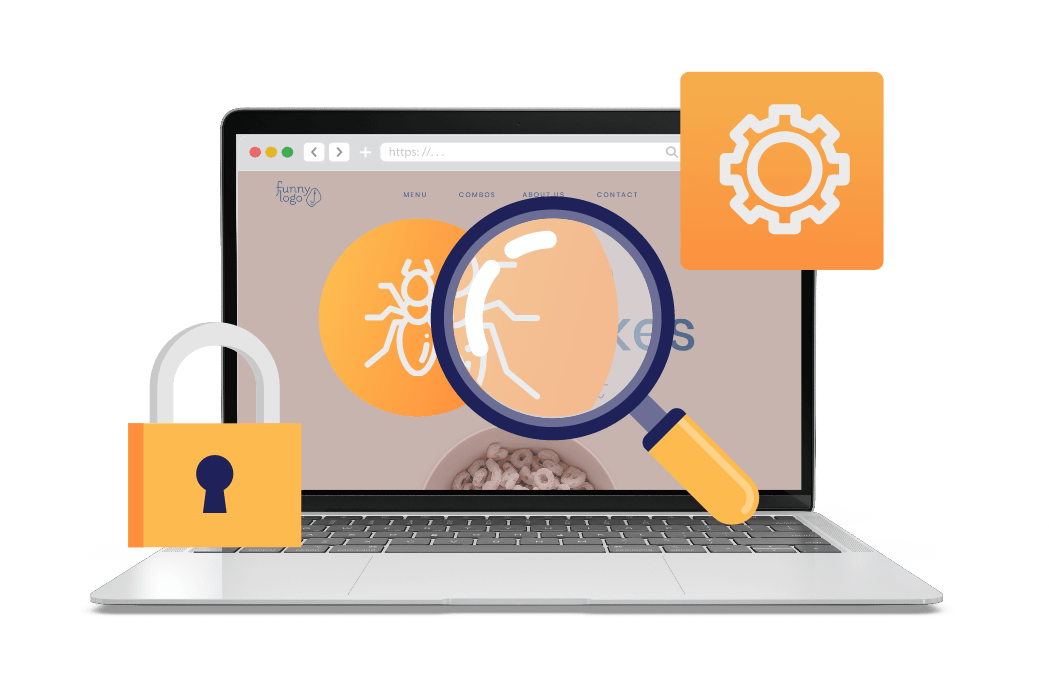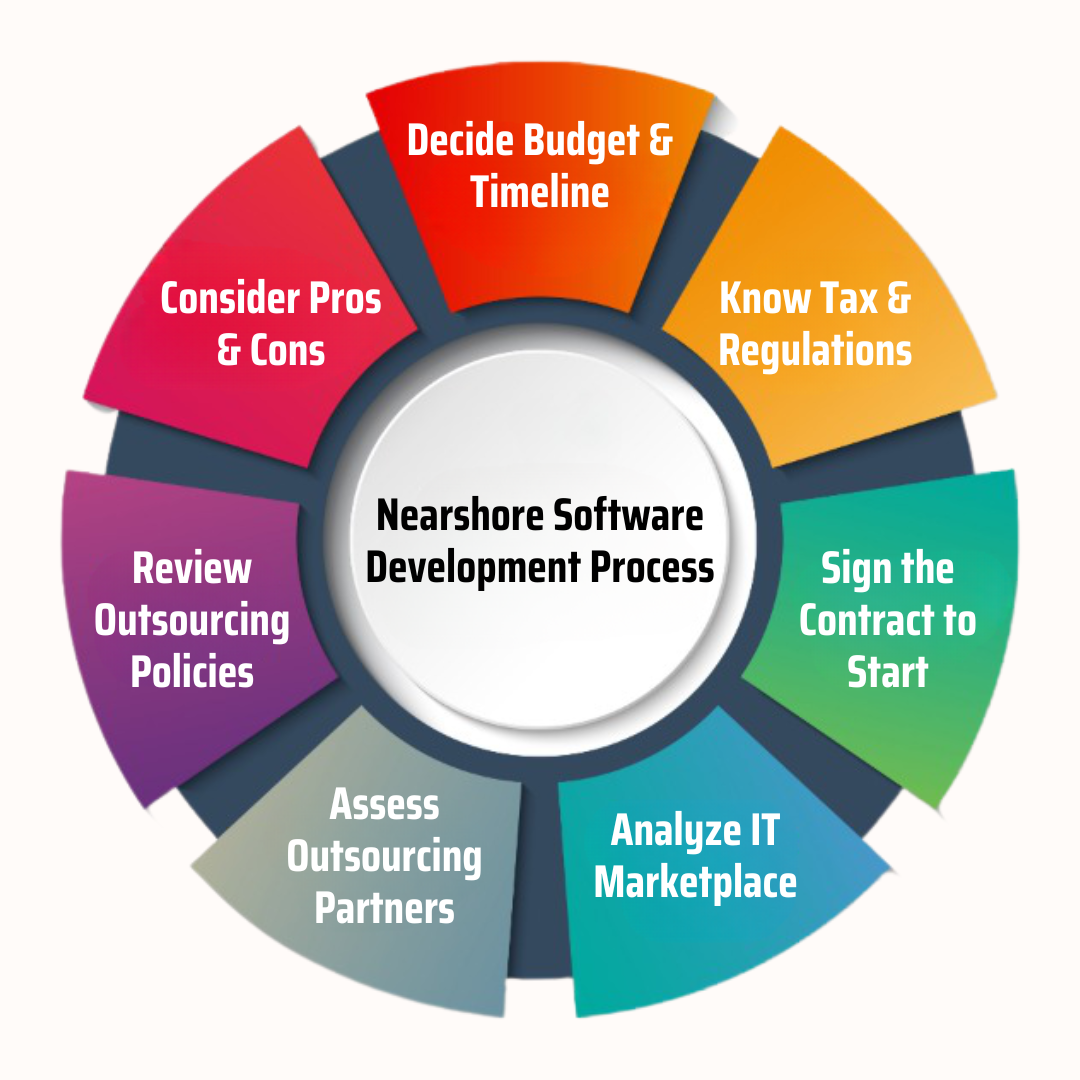Starting with nearshore software testing, this paragraph aims to provide a captivating overview. Nearshore software testing involves testing software applications with a team located in a neighboring country, offering various advantages over offshore and onshore options.
By choosing a nearshore software testing partner wisely and following best practices, businesses can enhance their testing processes and achieve better results. However, challenges such as language barriers and cultural differences need to be addressed effectively to ensure successful outcomes.
Overview of Nearshore Software Testing

Nearshore software testing involves delegating software testing tasks to a team located in a nearby country or region. This practice has gained popularity due to its numerous benefits that positively impact the software development process.
Benefits of Nearshore Software Testing
- Cost-effectiveness: Nearshore software testing allows for cost savings compared to onshore options while still maintaining quality standards.
- Cultural compatibility: Teams in nearshore locations often have similar work cultures and values, leading to better collaboration and understanding.
- Time zone alignment: Nearshore teams usually operate in similar time zones, facilitating real-time communication and faster issue resolution.
- Quality assurance: By leveraging the expertise of nearshore testing teams, software quality can be improved through rigorous testing processes.
Improved Collaboration and Communication
Nearshore software testing fosters better collaboration and communication within development teams by providing a more seamless integration of testing activities. This proximity allows for easier sharing of feedback, quick decision-making, and enhanced problem-solving capabilities. Additionally, the cultural affinity between nearshore teams and their onshore counterparts promotes a sense of unity and shared goals, leading to increased productivity and efficiency in the software development lifecycle.
Factors to Consider When Choosing a Nearshore Software Testing Partner
When selecting a nearshore software testing partner, there are several key criteria to evaluate to ensure a successful partnership. Factors such as cultural fit, time zone proximity, technical expertise, and experience play a crucial role in the decision-making process.
Cultural Fit and Time Zone Proximity
Cultural fit is essential when choosing a nearshore software testing partner as it impacts communication, collaboration, and overall project success. It is important to ensure that the partner’s work culture, values, and communication style align with your organization’s. Additionally, proximity in time zones can facilitate real-time communication, reduce delays in feedback exchange, and enhance overall productivity.
Assessing Technical Expertise and Experience
When assessing a nearshore software testing provider’s technical expertise and experience, it is crucial to look at their track record, industry certifications, and skill sets. A reliable partner should have a proven record of successful projects, a team of skilled professionals, and a comprehensive understanding of the latest testing methodologies and tools. Additionally, they should be able to adapt to your specific project requirements and provide innovative solutions to address any challenges that may arise.
Best Practices for Effective Nearshore Software Testing
When it comes to nearshore software testing, implementing best practices is crucial for ensuring successful collaboration and efficient workflow. Here are some strategies to consider:
Establishing Clear Communication Channels, Nearshore software testing
- Utilize project management tools like Jira or Trello to track progress and communicate effectively with the nearshore team.
- Set up regular video conferences or calls to discuss project updates, address any issues, and ensure everyone is on the same page.
- Create a centralized document repository to store important information, requirements, and test cases for easy access by all team members.
Managing Time Zone Differences
- Overlap working hours between the onshore and nearshore teams to allow for real-time collaboration and immediate feedback.
- Establish a clear schedule for meetings and deliverables to accommodate different time zones and maximize productivity.
- Utilize time zone converters and scheduling tools to avoid confusion and ensure everyone is aware of meeting times.
Utilizing Tools and Technologies
- Implement cloud-based testing platforms like Selenium or TestComplete for remote testing and collaboration.
- Use communication tools like Slack or Microsoft Teams for instant messaging, file sharing, and quick updates.
- Consider implementing version control systems like Git for tracking changes and maintaining code integrity throughout the testing process.
Challenges and Solutions in Nearshore Software Testing

In nearshore software testing projects, there are several challenges that teams may encounter due to geographical, cultural, and language differences. However, with the right strategies and solutions in place, these challenges can be effectively addressed to ensure successful project outcomes.
Language Barriers and Cultural Differences
One of the most common challenges in nearshore software testing is the presence of language barriers and cultural differences among team members. Miscommunication can lead to misunderstandings, delays, and errors in the testing process.
- Implement language training programs: Providing language training for team members can help improve communication and understanding among cross-border teams.
- Encourage cultural awareness: Organizing cultural exchange activities and training sessions can help team members understand and respect each other’s cultural differences, leading to better collaboration.
- Use collaboration tools: Leveraging communication tools such as video conferencing, instant messaging, and project management software can facilitate effective communication despite language differences.
Mitigating Risks in Nearshore Software Testing
Another challenge in nearshore software testing is the increased risk associated with working across borders. From data security concerns to time zone differences, there are several risks that need to be managed effectively.
- Establish clear communication channels: Setting up regular meetings, status updates, and reporting mechanisms can help ensure transparency and alignment across team members.
- Define roles and responsibilities: Clearly defining roles, responsibilities, and expectations can help mitigate confusion and ensure accountability within the team.
- Implement quality assurance measures: Conducting regular reviews, audits, and quality checks can help identify and address potential risks early in the testing process.
Concluding Remarks: Nearshore Software Testing

In conclusion, nearshore software testing presents a valuable opportunity for companies to improve collaboration, communication, and overall efficiency in their software development projects. By understanding the key factors, implementing best practices, and addressing challenges proactively, businesses can leverage the benefits of nearshore software testing effectively.
FAQ
What is the significance of nearshore software testing?
Nearshore software testing allows for improved collaboration and communication within teams, leading to more efficient software development processes.
How can businesses overcome language barriers in nearshore software testing?
Businesses can overcome language barriers by implementing clear communication channels and encouraging team members to enhance their language skills.
Why is cultural fit important when selecting a nearshore software testing partner?
Cultural fit is crucial as it ensures that teams can work cohesively, understand each other’s perspectives, and collaborate effectively.
